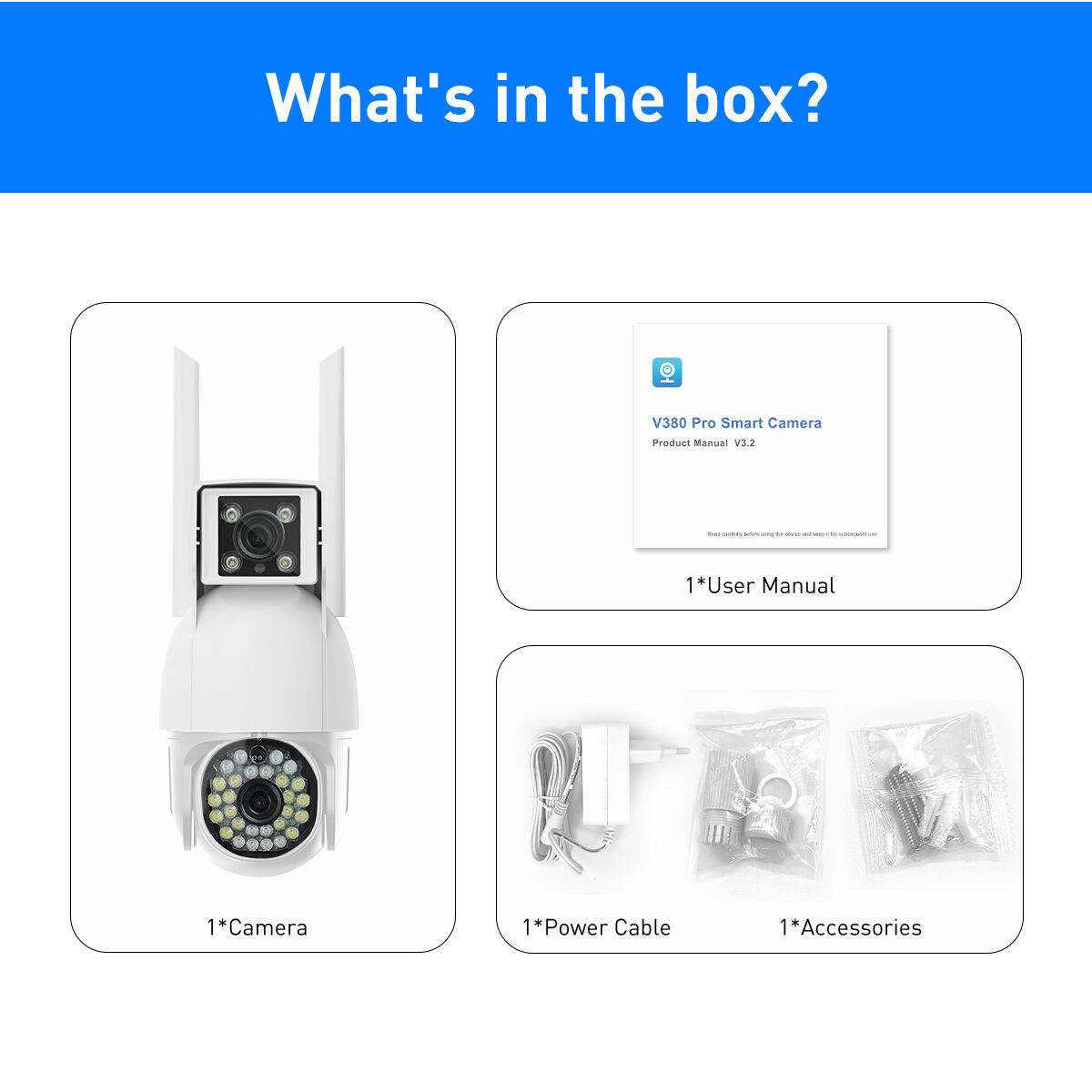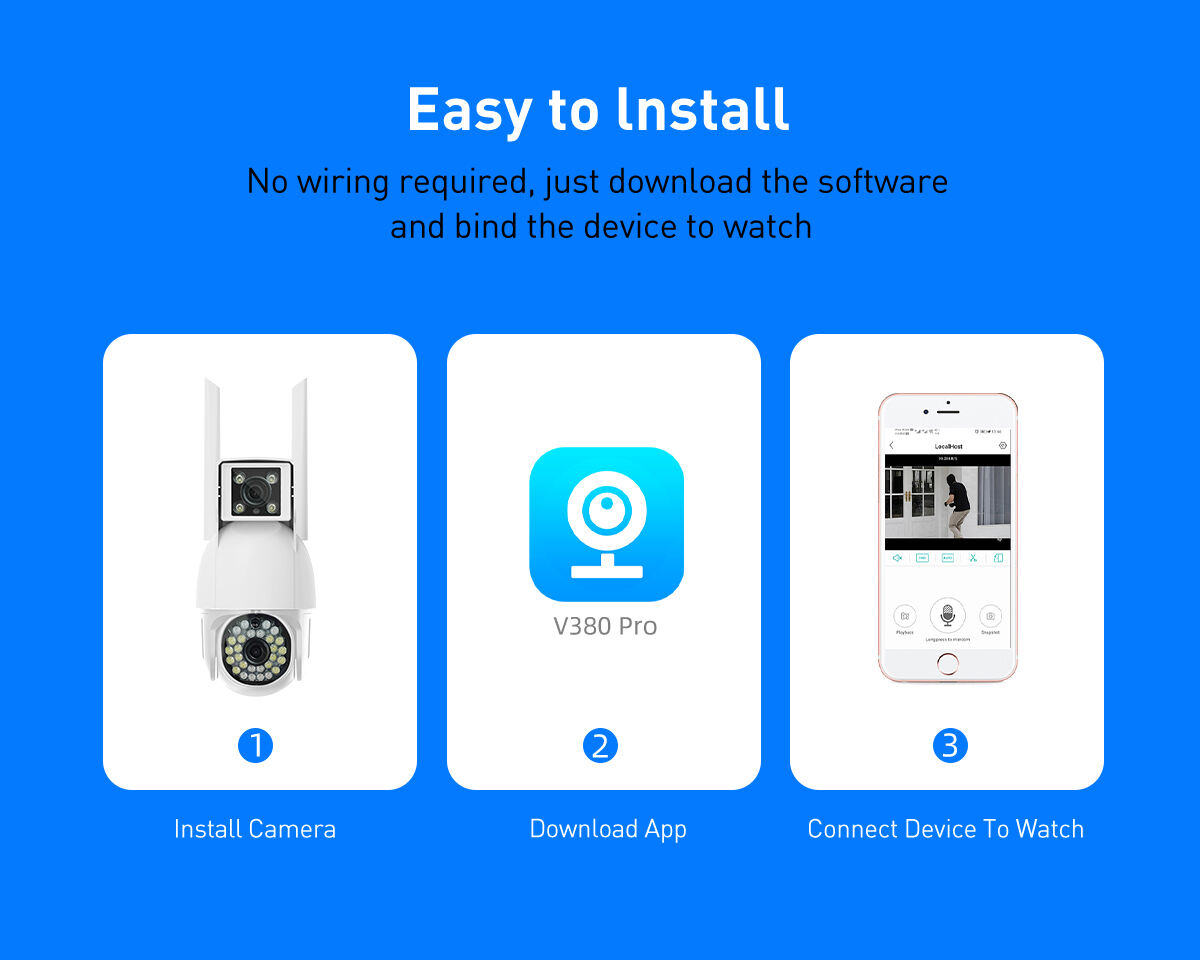dvb s i dvb s2
DVB-S i DVB-S2 stanowią znaczące osiągnięcia w technologii nadawania satelitarnego. DVB-S, wprowadzony w 1995 roku, ustanowił pierwszy znormalizowany system cyfrowej transmisji satelitarnej, umożliwiając nadawcom dostarczanie wielu kanałów za pośrednictwem jednego transpondera. DVB-S2, uruchomiony w 2003 roku, reprezentuje znaczący postęp dzięki ulepszonym technikom modulacji i kodowania. Te standardy ułatwiają transmisję sygnałów telewizji cyfrowej za pośrednictwem satelity, wspierając różne usługi, w tym nadawanie bezpośrednie do domu, zbieranie wiadomości i dystrybucję danych. DVB-S2 szczególnie wyróżnia się swoimi zdolnościami do adaptacyjnego kodowania i modulacji, co pozwala na poprawę efektywności transmisji o nawet 30% w porównaniu do swojego poprzednika. System obsługuje wiele formatów wejściowych, w tym pojedyncze i wielokrotne strumienie transportowe oraz ogólne pakiety IP. Oba standardy zawierają mechanizmy korekcji błędów w przód, aby zapewnić niezawodne odbieranie sygnału nawet w trudnych warunkach pogodowych. DVB-S2 rozszerza te możliwości o zaawansowane schematy ochrony przed błędami oraz wsparcie dla wyższych formatów modulacji, co umożliwia bardziej efektywne wykorzystanie pasma i poprawę jakości sygnału. Technologie te stały się fundamentem nowoczesnej komunikacji satelitarnej, wspierając aplikacje od usług telewizyjnych dla konsumentów po profesjonalne nadawanie i sieci dystrybucji danych.


